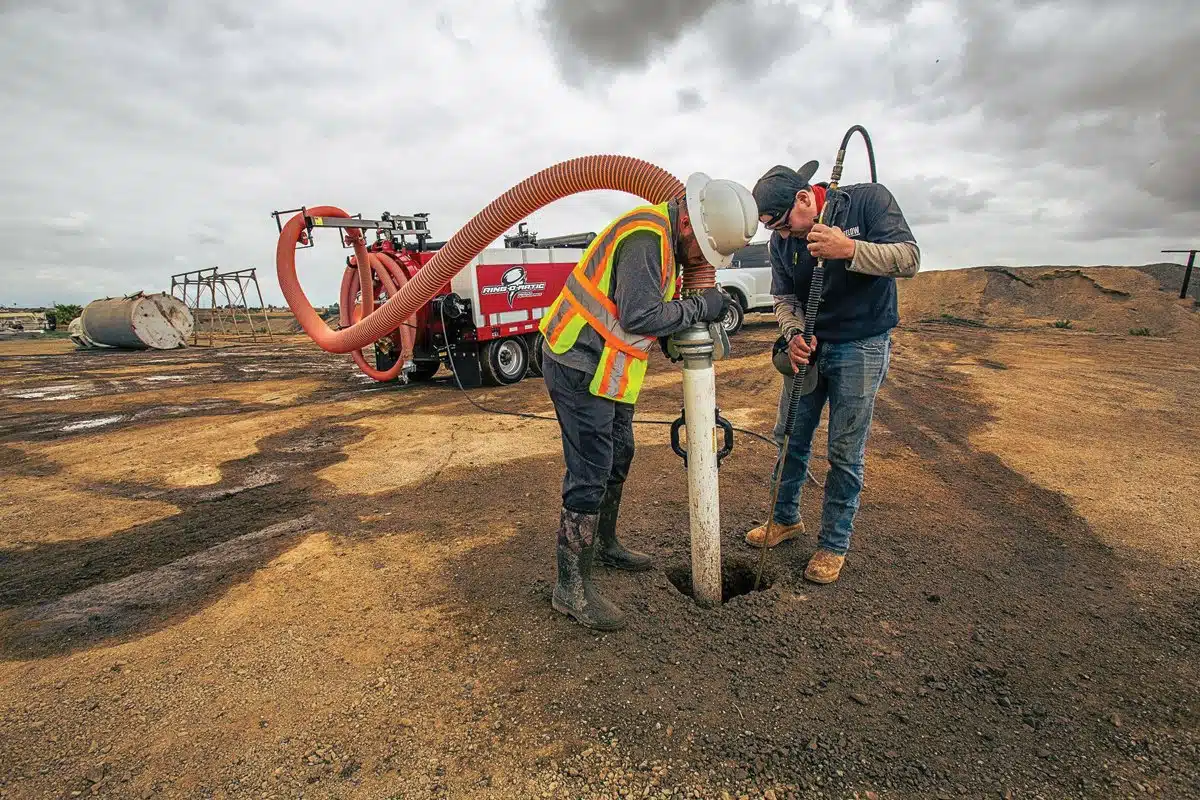
Using AI for Sewer Assessments in Phoenix
The City of Phoenix, Arizona, with 5,114 miles of sanitary sewer pipes and more than 101,000 manhole structures, is home to one of the largest sewer infrastructure systems in the United States.
After rapid growth over the last century, the city’s sewer system, predominantly composed of small-diameter pipes, has seen its trenchless sewer rehabilitation program evolve significantly since it began in the 1990s.

Initially, its budget for small-diameter sewer rehabilitation ranged from $500,000 to $2 million annually. Still, by the 2000s, this budget increased to $6 million to $7 million, reflecting the growing demands of maintaining and improving the aging infrastructure.
The most recent budget for the 2024-2025 cycle has now escalated to $33 million, indicating the scale and complexity of the challenges faced by the City of Phoenix in ensuring the reliability and safety of its sewer systems.
For the last 20-plus years of its sewer rehabilitation efforts, the City has worked alongside Dibble, a multidisciplinary civil engineering firm that has been working with the City for decades on various infrastructure projects, specializing in trenchless solutions.
“The program specifically addressed older infrastructure in combination with Collections Frequently Visited Areas (FVA). Unfortunately, due to extensive population growth in the 1960s, following the rehabilitation protocol for older pipes was insufficient,” says Steven Siroky, utilities senior project manager at Dibble. “Even at its escalated pace, the program would take more than 20 years to update the work installed during that era. Rehabilitation would need to be selective. Thus, the assessment had to be thorough and efficient.”
Challenges in Traditional Sewer Assessment
One major challenge encountered in recent years is that traditional sewer assessment, primarily relying on conventional CCTV inspection methods, can often be expensive and inefficient due to the need for manual data entry onsite.

These workflows frequently involve significant downtime, inconsistent quality, and large file sizes for videos, making data management cumbersome and sometimes unreliable.
With the City’s increasing infrastructure rehabilitation needs, limited staff and qualified personnel to review data, and constraints to sewer rehabilitation budgets, there was a critical need for a more efficient and cost-effective solution for its assessment and capital planning needs.
Introducing ADR Technologies
To address these challenges, the City and Dibble opted to evaluate new technologies and new approaches to assessment and data capture workflows through a pilot program to evaluate several vendors in the emerging field of computer vision AI tools that automatically identify defects and features in CCTV data, also known as automated defect recognition (ADR).
The AI technology employed in this case study utilizes supervised computer vision deep learning, which automates the identification of potential defects in sewer pipes by analyzing each image from the CCTV inspection videos. NASSCO-certified technicians then review AI outputs before being finalized into survey reports and pipe ratings accessible to stakeholders.
Implementing and Expanding AI-Based Sewer Assessment
The project commenced with a pilot program in 2022-2023, during which five AI vendors worldwide were evaluated using a sample set of 30 pipe CCTV videos covering 1.7 miles. The criteria for evaluation included NASSCO Pipeline Assessment Certification Program (PACP) defect coding accuracy, cost efficiency, software platform features, and quality of deliverables.
SewerAI emerged as the top performer with the highest overall accuracy score and the lowest overall net cost per linear foot, demonstrating its superiority in accuracy and cost-effectiveness.
Following the successful pilot, the City expanded the AI-based sewer assessment program to cover 107 miles of small-diameter sewer pipes. It brought in three separate CCTV contractors to collect the data in the field and upload it directly to SewerAI’s PIONEER cloud-based platform for processing, review, and collaboration among project stakeholders.
While the field and data workflow overhaul and introduction of ADR-assisted assessment were new developments in Phoenix, SewerAI, founded in 2019, has been delivering similar projects across North America for several years. With a track record of managing over 30,000 miles of mainline and lateral pipe data, SewerAI’s PIONEER platform and the AutoCode technology that powers its ADR-assisted services have revolutionized how sewer assessments are conducted.
Benefits and Impact of AI Technologies
Implementing AI technologies in sewer assessment has yielded impressive results for the production and efficiency of CCTV footage, with the AI-enabled field workflow enabling a higher level of workforce flexibility with contractors.
The project enabled the Phoenix to optimize its rehabilitation planning by providing more accurate and consistent data on the condition of its sewer pipes. AI has streamlined the data management process, allowing for seamless integration with existing infrastructure and systems.
“With the implementation of AI assessment, Dibble’s goal is to systematically review and plan for selective rehabilitation quarter by quarter section,” Siroky says. “The cleaning and assessment areas are in concert with the City’s already planned maintenance schedule, allowing both the city’s crews and these contractors to assess the infrastructure, and significantly increase the effectiveness of the rehabilitation program.”
The pilot project and the initial expanded implementation have made several additional use cases available in the near future. This includes warranty inspections for cured-in-place pipe installations, assessment of historical (legacy) CCTV data for benchmarking and deterioration analysis, as well as the use of computer vision tools for assurance of optical quality in CCTV data, known as quality assurance inspection.
In addition, the City and Dibble evaluated SewerAI’s photogrammetry-based tools for generating 3D models and “digital twins” of sewer manholes, known as Sewer3D, enabling cost-effective NASSCO MACP assessments of manholes using data collected by affordable 360 action cameras and plans to incorporate this technology in its rehabilitation program starting in 2025, for a complete approach to managing the wastewater collection system as a whole.
The Future of Infrastructure Management with AI
Adopting AI technologies has opened new possibilities for proactive infrastructure management for the City of Phoenix and its stakeholders.
The ability to quickly and accurately assess the condition of sewer pipes allows for more informed decision-making, enabling Phoenix and other cities to prioritize rehabilitation efforts and extend the remaining useful life of sewer systems while improving overall service levels to ratepayers.
As AI technologies and cloud-based computing continue to evolve, the potential for further improvements in infrastructure management is immense, promising a future where cities can maintain their essential services more efficiently and sustainably.
Samantha Pierce is account manager at SewerAI. Eric Sullivan is director of business development at SewerAI.




